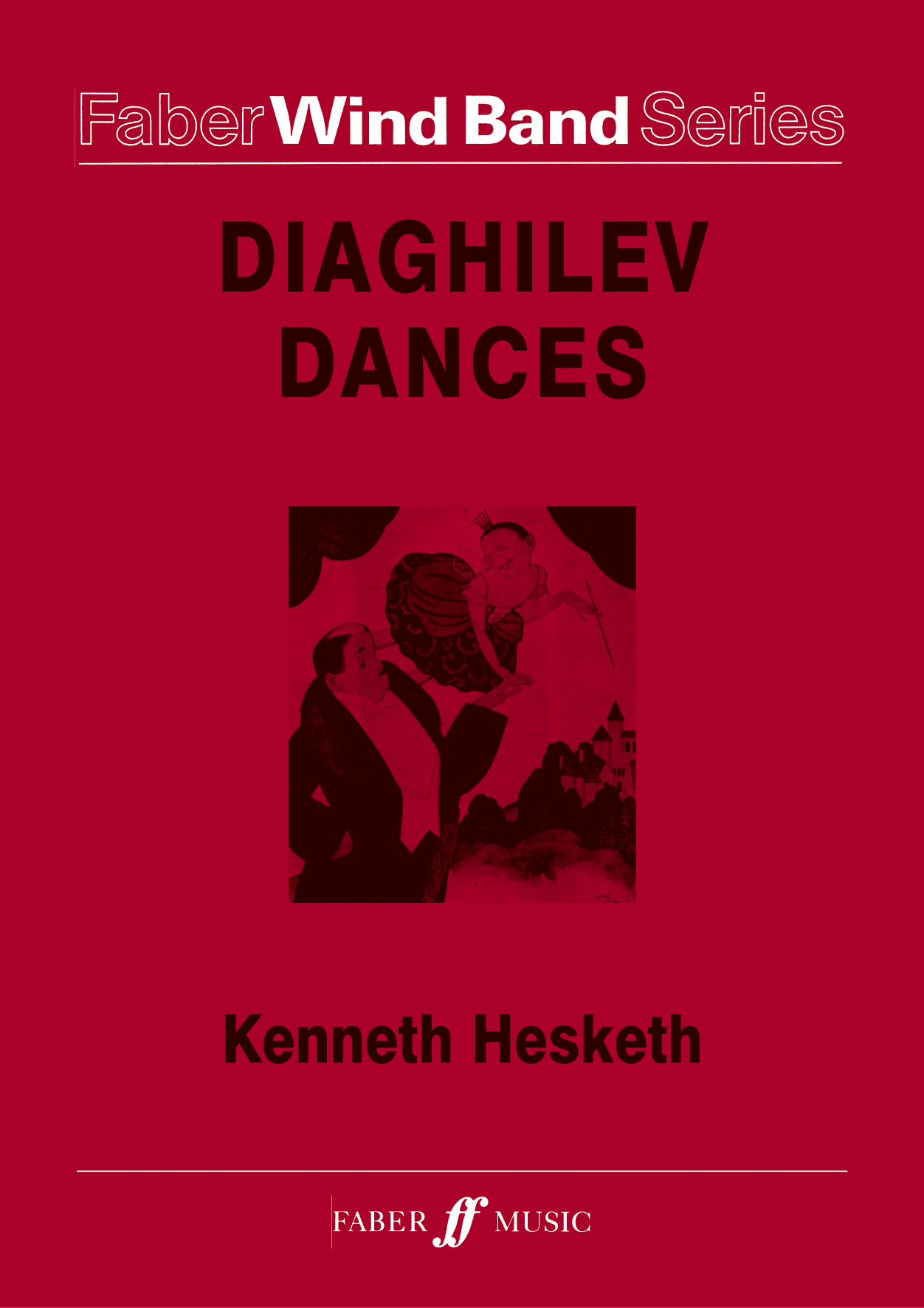Results
-
 £76.99
£76.99Allein Gott in der Hh' sei Ehr
Jacob de Haan begins his arrangement of the well-known hymn Allein Gott in der Hh' sei Ehr (All Glory Be to God on High) with a quotation from his own Missa Katharina, a mass for choir, soprano, and band. To this melody he sets the Latin text from the last part of the Gloria. The chorale is then heard after an interlude and can, at the director's discretion, be accompanied by the choir singing in either German or English. A perfect work for church concerts.
Estimated dispatch 7-14 working days
-
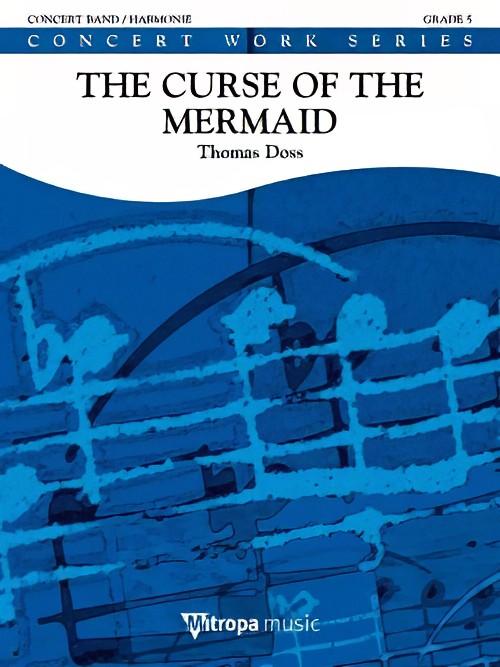 £174.99
£174.99The Curse of the Mermaid (Concert Band - Score and Parts) - Doss, Thomas
The Curse of the Mermaid tells the story of a greedy and wealthy fisherman wanting to make money in any way possible. When his business starts to fail, he puts the blame on the mermaids. One day, the fisherman kills a mermaid, who casts a spell on him shortly before she disappears into the water. The composition is in the form of a symphonic poem, starting slow and then mysteriously opening up revealing a fantastic colourful world of sounds and motion. There are various moments during the piece where the composer includes broad and beautiful melodic material, as well as surprising effects and great rhythmical interest. This is a challenging but great piece for concerts or contests! Duration: 11.45
Estimated dispatch 7-14 working days
-
 £76.99
£76.99Allein Gott in der Hh' sei Ehr (Concert Band - Score and Parts)
Jacob de Haan begins his arrangement of the well-known hymn Allein Gott in der H?h' sei Ehr (All Glory Be to God on High) with a quotation from his own Missa Katharina, a mass for choir, soprano, and band. To this melody he sets the Latin text from the last part of the Gloria. The chorale is then heard after an interlude and can, at the director's discretion, be accompanied by the choir singing in either German or English. A perfect work for church concerts. 0:03:20
Estimated dispatch 7-14 working days
-
 £69.99
£69.99Centre Wind Band Set (Score & Parts)
Your band will be the focal point of everyone's attention in this (parade) march. A simple but rewarding march, suitable for many occasions. Johan de Corff is fully conversant as far as writing marches is concerned and with 'Centre' he has added another prime specimen to this eternally popular musical style. 'Centre' is published in marching-card size. 03:00
Estimated dispatch 7-14 working days
-
£125.00
Diaghilev Dances - Kenneth Hesketh
As a young musician, Hesketh was spellbound by the sounds and colours of the ballet music commissioned for the Ballets Russes company by Serge Diaghilev-- the great ballets by Stravinsky, Debussy, Ravel and Prokofiev. Diaghilev Dances is Hesketh's homage to this great legacy, which he describes as 'a miniature ballet consisting of an introduction, three dances and three entr'actes'.
In stock: Estimated delivery 1-3 days
-
 £101.30
£101.30Geburtstags-March - Ferdinand Kühne
Ferdinand Khne was a German composer who lived from 1858 to 1939. He wrote many marches, and this is the most well-known one.The march, also known as "Jour de Fete", is a march in traditional german style with a light hearted, optimisticcharacter suitable for marching as well as for concert purpose.
Estimated dispatch 7-14 working days
-
 £104.99
£104.99Stand Alone - Joe Hisaishi
Joe Hisaishi is a highly sought-after film score composer in his home country of Japan. Among his numerous movie scores are several for anime fi lms. Anyone who watched the 1998 Nagano Winter Olympics heard his work, whether they knew it or not, as he composed the music for the opening ceremony. Stand Alone is an emotional song written for a Japanese TV-series, recorded by none other than Sarah Brightman. (She even sung in Japanese!) Joe Hisaishi's music can now be enjoyed by an even wider audience thanks to this arrangement by fellow countryman Jun Nagao.
Estimated dispatch 7-14 working days
-
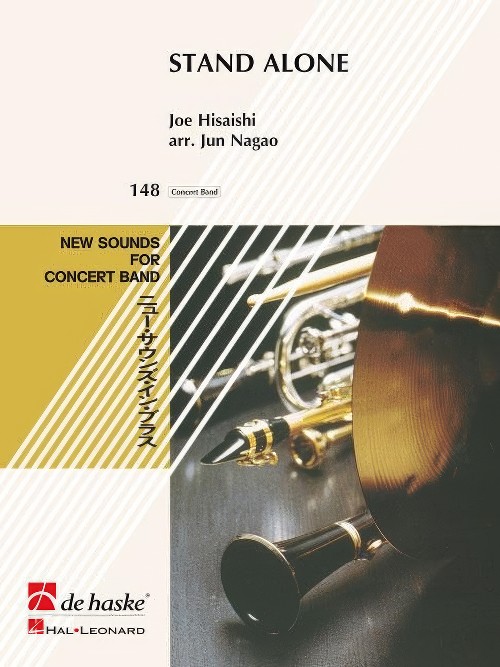 £104.99
£104.99Stand Alone (Concert Band - Score and Parts) - Hisaishi, Joe - Nagao, Jun
Joe Hisaishi is a highly sought-after film score composer in his home country of Japan. Among his numerous movie scores are several for anime fi lms. Anyone who watched the 1998 Nagano Winter Olympics heard his work, whether they knew it or not, as he composed the music for the opening ceremony. Stand Alone is an emotional song written for a Japanese TV-series, recorded by none other than Sarah Brightman. (She even sung in Japanese!) Joe Hisaishi's music can now be enjoyed by an even wider audience thanks to this arrangement by fellow countryman Jun Nagao.Duration: 4:45
Estimated dispatch 7-14 working days
-
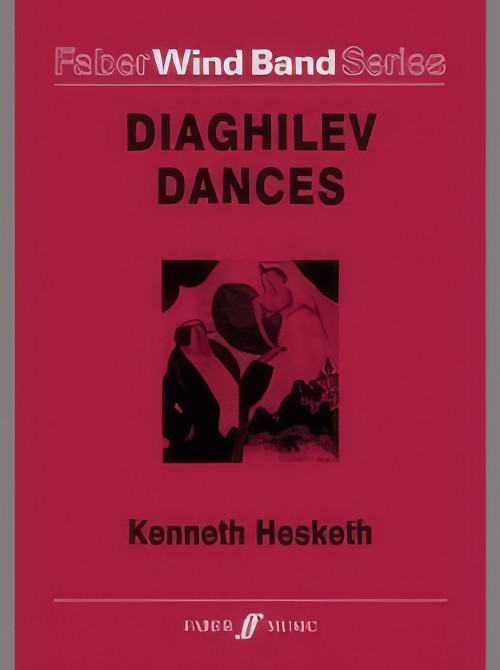 £125.00
£125.00Diaghilev Dances (Concert Band - Score and Parts) - Hesketh, Kenneth
As a young musician, Hesketh was spellbound by the sounds and colours of the ballet music commissioned for the Ballets Russes company by Serge Diaghilev, the great ballets by Stravinsky, Debussy, Ravel and Prokofiev.Diaghilev Dances is Hesketh's homage to this great legacy, which he describes as a miniature ballet consisting of an introduction, three dances and three entr'actes.
Estimated dispatch 7-14 working days
-
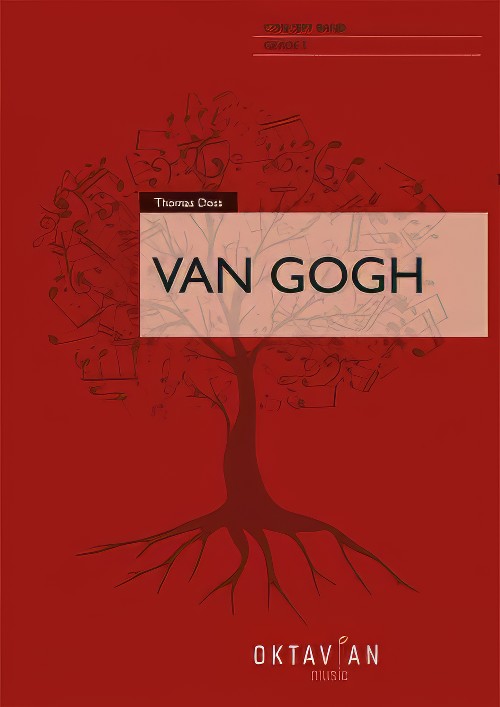 £279.99
£279.99Van Gogh (Concert Band - Score and Parts) - Doss, Thomas
This composition is not a work inspired by the life of the famous painter, but rather an attempt at a pictorial immersion into his world. In addition to Van Gogh's character and tragic life, the technique he employed to create his works, the bright colours of his paintings and his view of nature served as inspiration for this musical work. Point by point, stroke by stroke, Van Gogh brought his own world to life on canvas.On the life of Van Gogh: The Dutch artist Vincent van Gogh was one of the most important pioneers of Modernism, despite being relatively unknown during his own lifetime. As an artist, he chose a life of poverty and seclusion. From today's perspective, his important woks were created from 1880 onwards, when he had already more or less succumbed to madness. While his earlier works could still be classed as contemporary, he matured into a pioneer of Expressionism with his later work indicating an increasing self-awareness. He was just 37 years old when he died but he created over 750 paintings and 1600 drawings in the last ten years of his life.The structure of the work:Start: Brushes and Paints: Van Gogh retired to Arles in southern France where he found his artistic home. The colours and flowering gardens of this landscape awakened in him an unbelievably great creative power.A: A Picture Comes into Being: Van Gogh's psychotic episodes and bouts of depression did not stop him from painting wonderful pictures. Hardly anyone recognised his genius during his lifetime, on the contrary, he often felt misunderstood.C: Paris - Arles: In Paris (from 1886), Van Gogh became inspired by the French art scene. His works found few takers, however. He met and befriended the painter Paul Gauguin, but the lack of success made Van Gogh short tempered, and he began to drink. Eventually, he moved from Paris to Arles in the south of France to establish an artists' collective with Gaugin. Within a few weeks, the two got into such a violent argument that Van Gogh attacked his friend with a knife. The friends parted ways and afterwards Van Gogh cut off his right ear. In 1889 he voluntarily admitted himself into a mental hospital at St. Remy, suffering from hallucinations and fearing that he would lose his mind.G: The Starry Night One of his most famous paintings, created in 1898.H: Death and Brotherly Love Vincent van Gogh accepted an invitation to Auver-sur-Oise in 1890. This was one of his most intensive creative periods. He also went there for treatment, but his mental state hardly improved. After an extended walk, he injured himself fatally with a pistol under mysterious circumstances. Not even to his beloved brother Theo, who had supported him all his life, did he reveal on his deathbed how the accident had occurred.J: Art Market Today, Van Gogh's paintings are among the most expensive paintings on the art market. How ironic, given that he could hardly sell a painting during his lifetime. "I put my heart and soul into my work and lost my mind in the process." (Vincent van Gogh)Duration: 13.15
Estimated dispatch 7-14 working days

